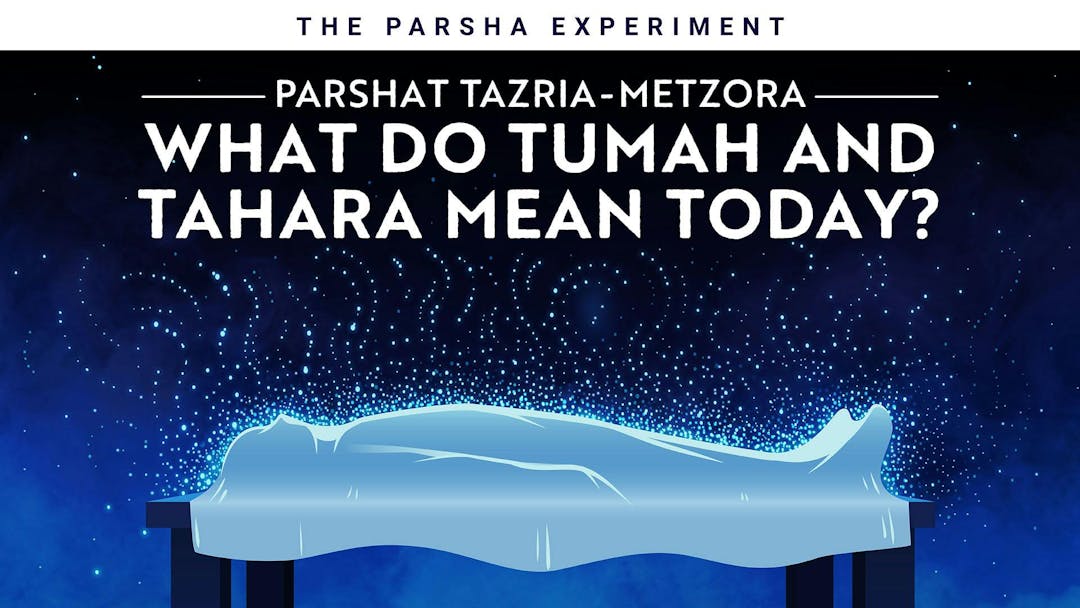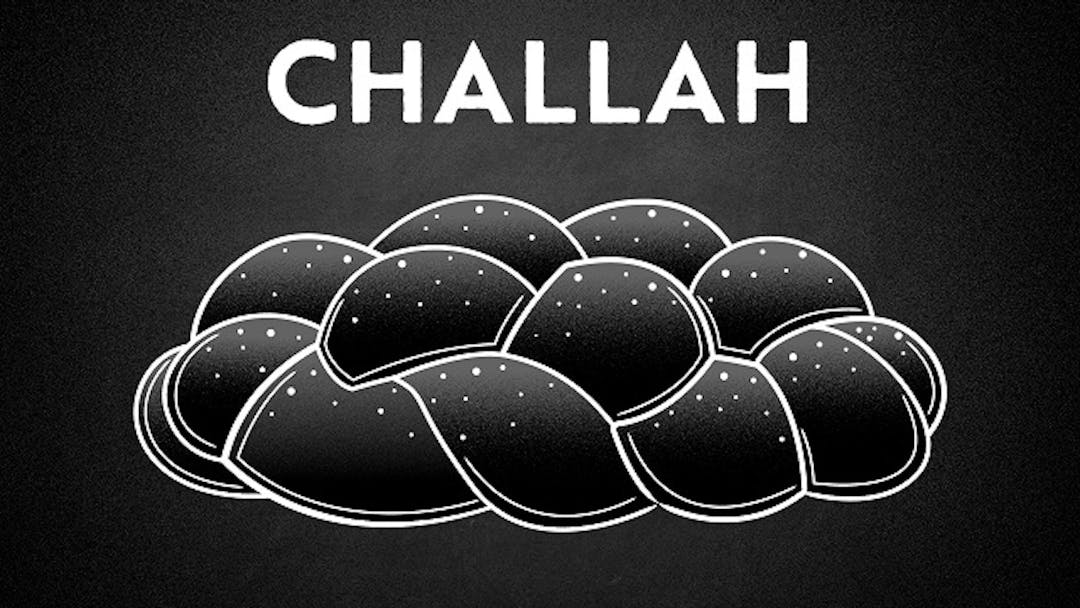Start your free trial today to unlock the full library and enjoy unlimited and uninterrupted access.
Get StartedWhat's Impure About Giving Birth?! (Part 1 of 2)
The Bible's Strange Laws Of Impurity After Childbirth
This parsha is chock-full of obscure laws about ritual impurity and purity (tumah and tahara in Hebrew). And as if ancient purity laws aren't confusing enough, the opening laws in this parsha are particularly confusing – and even kind of disturbing. They're about a mother's state of tumah caused by giving birth. What's impure about birth? Why would it cause tumah?
In this video, Ami explores this difficult set of laws, and discovers a surprising story hiding within the text. Seeing these laws in light of that story will help us understand what they're about, and what they still mean for us today. Come take a look!
Related courses:
What Do Tumah And Tahara Mean Today?
What Does Childbirth Have In Common With Leprosy?
Want to watch the full video for free?
Enter your email and we’ll send you a link to watch the full series free.
What is Aleph Beta?
Aleph Beta is a unique kind of Torah library. Led by our founder, Rabbi David Fohrman, we are dedicated to high-level, textual Torah learning for adults that is intellectually and spiritually sophisticated, that enlivens your Jewish practice and helps you forge a deeper connection to God. Whether you’ve been learning in yeshiva for years or you’re just beginning your Torah journey, you’re sure to find something meaningful and surprising waiting for you here.
Browse our library of over 1,000 beautifully produced animated videos, podcasts, deep dive courses, and printable guides. Topics include the weekly parsha, Jewish holidays & fast days, laws & mitzvot, prayers, relationships, big philosophical ideas and more. Have something to say at the Shabbos table that will amaze your family and guests and bring deep meaning into their lives.











